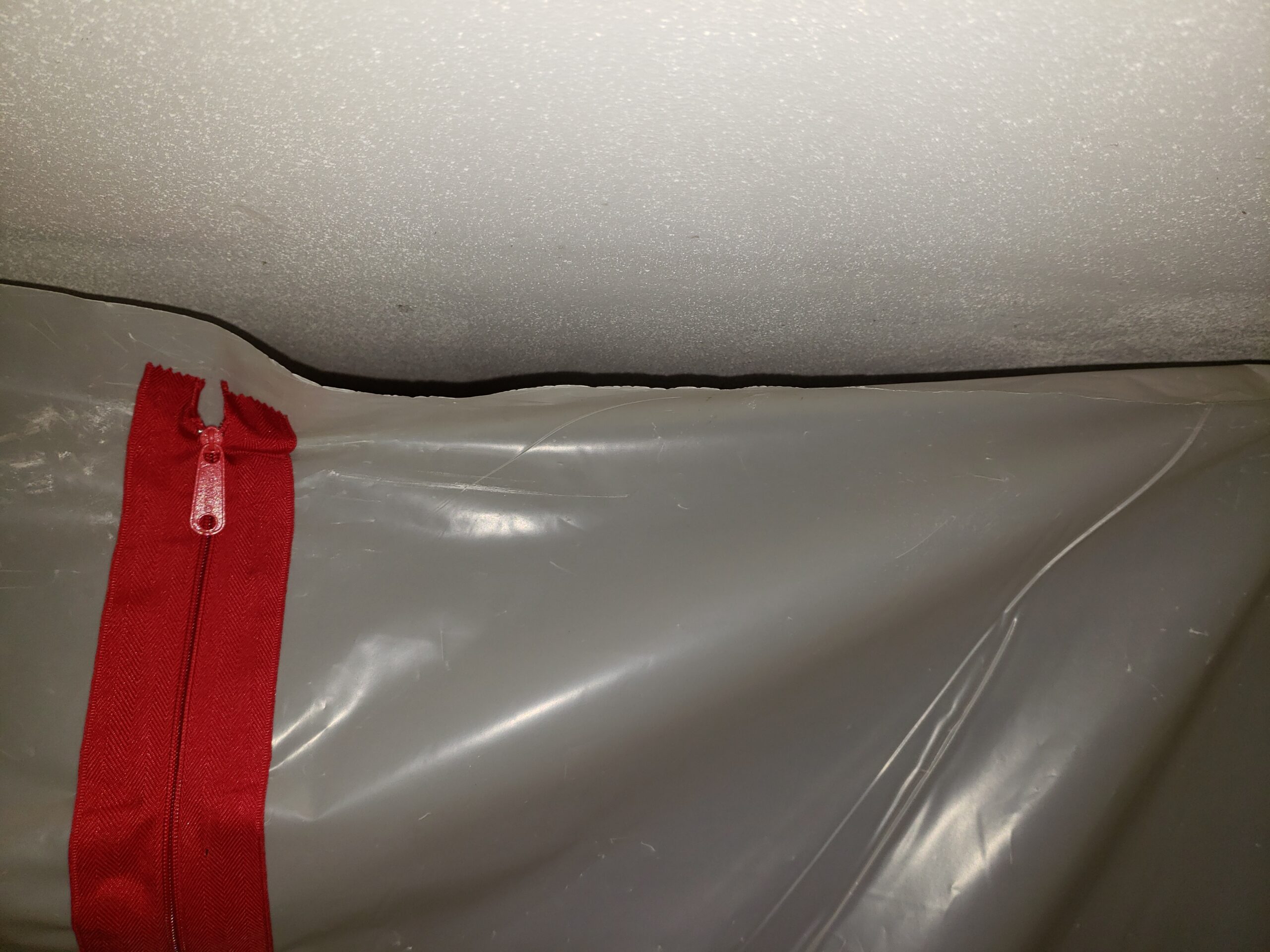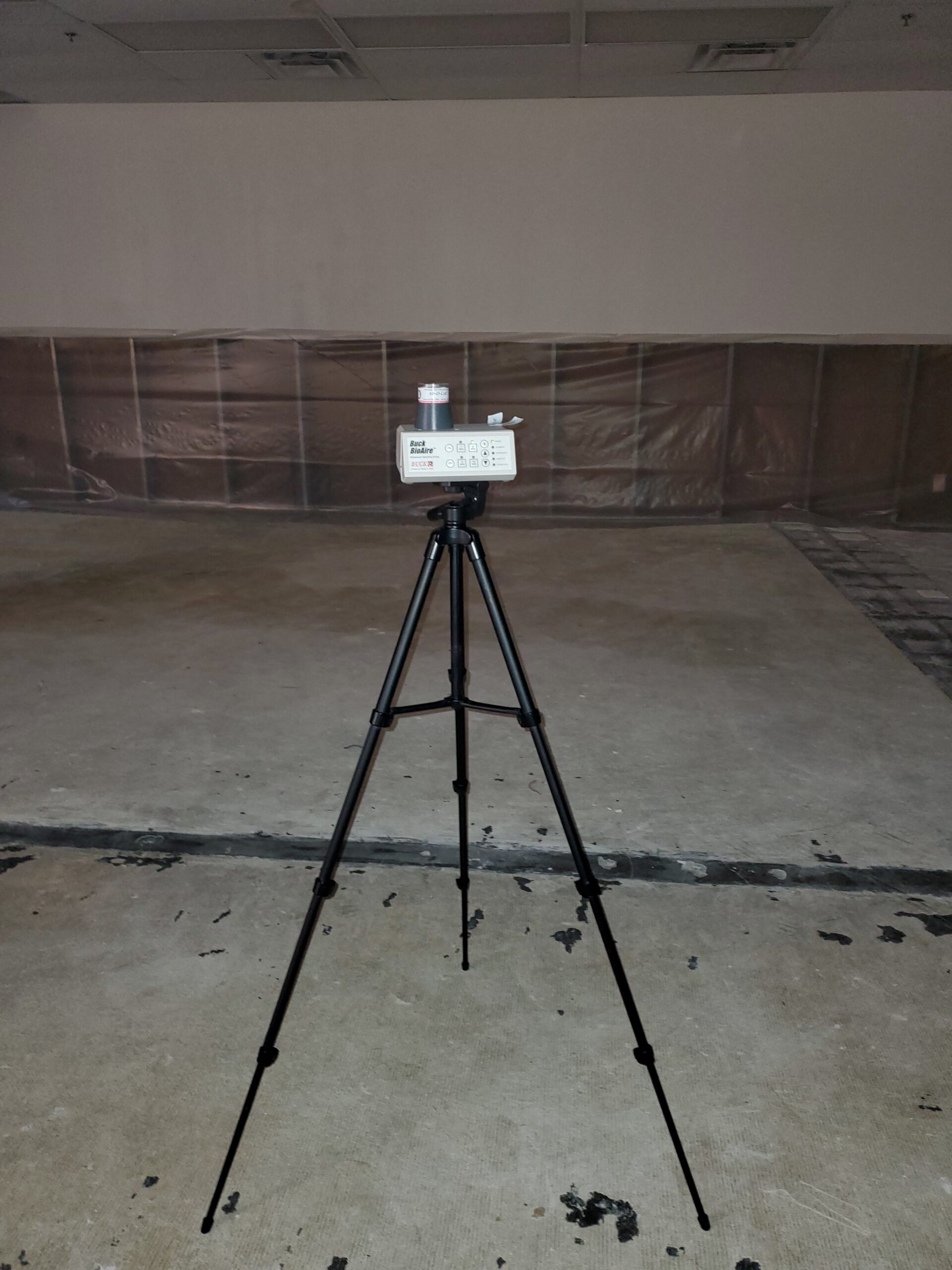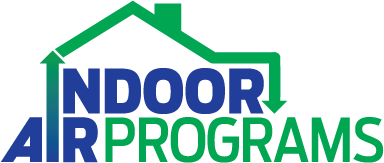We do NOT offer mold remediation services.
We OVERSEE mold remediation as your advocate to ensure the project is successful.
“By failing to prepare, you are preparing to fail.”
-Benjamin Franklin

Remediation Protocols
An independent third-party remediation plan is the basis of quality assurance. A remediation protocol typically will include:
• A damage summary so that all areas that are impacted are included in remediation and the estimates. (There will typically always be some variability in the extent of the damage to concealed areas).
• Adapt the standards to the specific job site so when standards must be deviated, the decision on how to deviate is determined in advance for the remediation company.
• Site specific procedures and communication plans.
Most often be the plan is a combination of a performance and prescriptive based plan. Remediation professionals that are competent have their own best practices which should be incorporated so that they can work the way they are most confident. However, in many cases, certain components such as pressurization and the usage of the HVAC system warrant a more prescriptive approach.

Identify and Select Remediation Provider
Each remediation company can provide an estimate based off the protocol so that the estimates are comparable. Guidance on how to choose a service provider and understanding the estimates is reassuring.

Remediation work inspections/checkpoints
Remediation service providers work extremely careful to remove visible mold, mold spores, and mycotoxins. Human error often occurs even with the best companies. Having periodic inspections of the work can eliminate the concern of human error on the project and you can feel confident that the work being done concealed behind containment will be adequate.
Typical checkpoints include:
• After containment is set up and HEPA air scrubbers are on. This visual inspection ensures that containment is erected in the correct locations, without gaps, can withstand the amount of pressure, the HVAC components are sealed, and identify any potential safety concerns.
• After all deconstruction has occurred in the area. This visual inspection is to have confidence that the extent of mold has been identified, identify any additional materials to be discarded, confirm the source of moisture if situation warrants, and determine if any changes need to be made to the scope.
• During the final stages of cleaning. This inspection provides an opportunity to evaluate the effectiveness of cleaning techniques and to make any adjustments while the cleaning team is still present. This inspection prevents many failures of the post inspection verification, which saves several days of time.

Post Remediation Verification
All mold remediation projects should have a detailed visual inspection upon completion. In many cases, the inspection is supplemented with testing as another method to indicate success.
